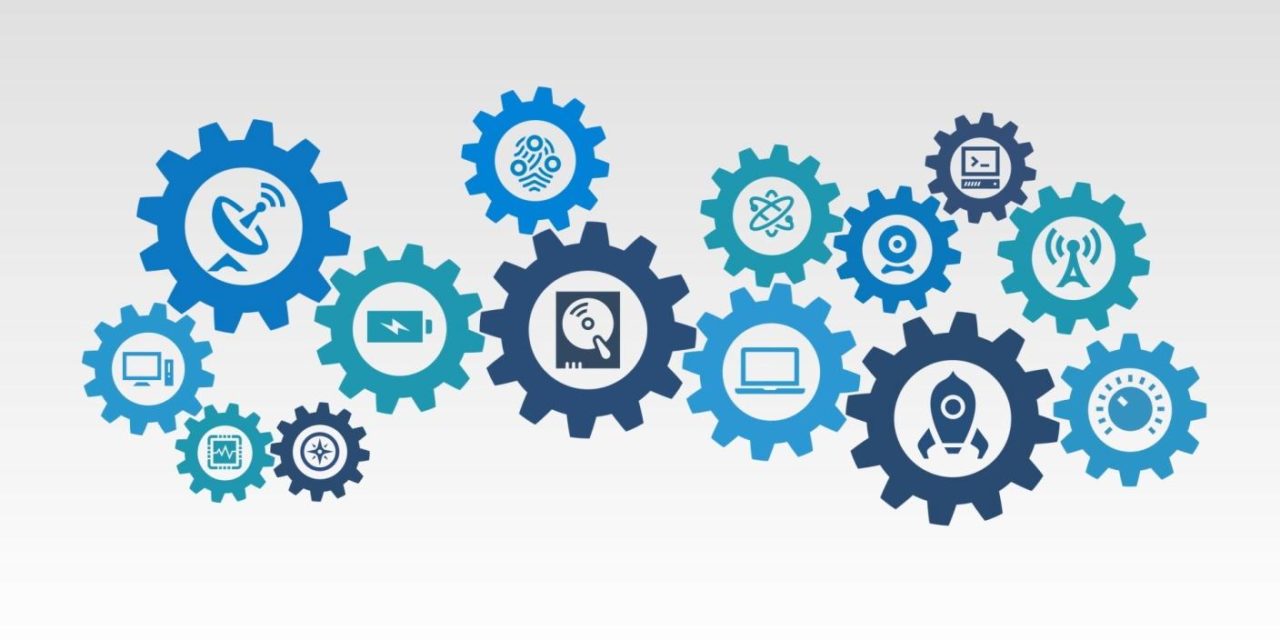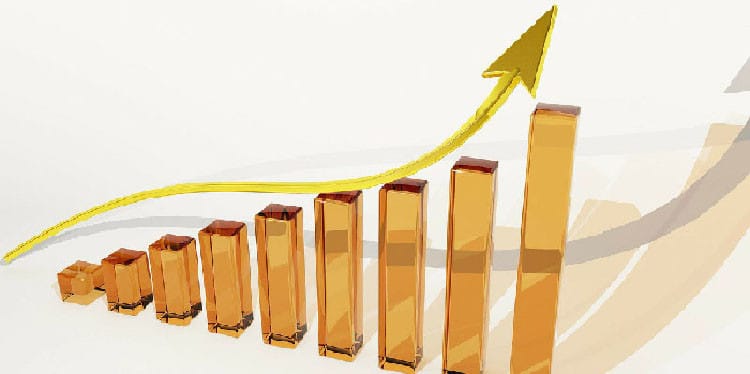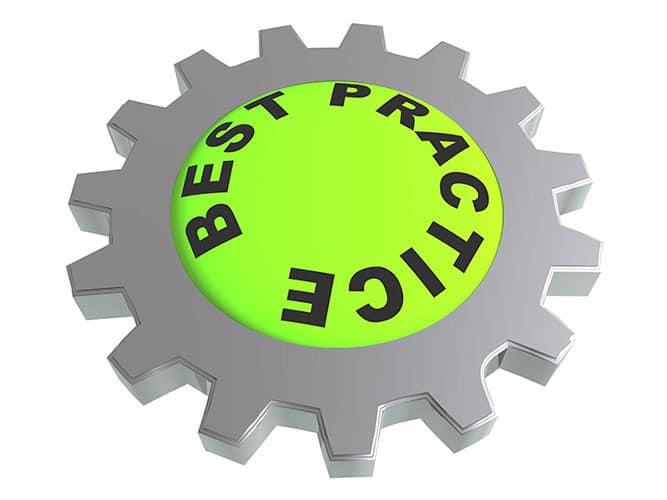The age of big data is now. According to Forbes, 90% of the data about consumers has been collected in just the last two years. This points out that we, as a society, have only just begun to create large volumes of data. It also points out that we don’t have a long history of handling such large amounts of information. The process of recording, analyzing, and leveraging massive volumes of data points is relatively new.
We’ve discussed before how e-Procurement and cloud migration have changed the procurement industry forever. We all understand the benefits of a central repository, microservices, peripheral processes, and the concept of leveraging data to improve the bottom line. So what does leveraging data actually look like?
What is Big Data?
Digital technologies used by today’s business and government to manage their resources benefit from access to enterprise-wide data. This digital migration means that information sharing has force procurement to play a more strategic role in business decisions. One of the benefits of automation in e-Procurement is that this digital platform records data constantly. Every type of data you can imagine gets recorded. When an employee logs in, how many times a supplier reviewed the contract you shared, what day of the week your purchase orders get filled…all these disparate data points are gathered by the system. The term “big data” describes the activities surrounding how we can analyze that data in a variety of ways to move our organization ahead. This type of analysis is about making smart business decisions based on accurate facts.
Big Data and e-Procurement
Big data is valuable on its own. e-Procurement platforms have a reporting feature that allows supervisors to browse data conclusions at a glance. Easy-to-read dashboards provide statistics and figures so that procurement supervisors can see the big picture.
Beyond raw reporting, leading e-Procurement platforms can also run a spend analysis. This takes detailed information from all the integrated solutions used by the procurement team and integrates it with the procurement data so the relationships become clearer. Why do we do it that way? What are the other options? Can we be more efficient? Organizations find clarity by asking the right questions and being able to answer them accurately using big data. A robust spend analysis solution tells your organization detailed information about your procurement activity, issues that may influence poor decisions, and even a few facts and figures about suppliers that may help you clean up the budget.
How to Leverage Your Data
With information being saved to the system from multiple platforms and integrated solutions, your big data can be oriented towards various outcomes. Here are a few options of ways you can leverage this to improve your organization:
- Coordinate a communications campaign for your lowest volume suppliers to see if they provide other products where you can seek cost savings through bundled purchasing
- Analyze how to improve reverse auction results and attract more vendors based on the lowest unique bid characteristics
- Conduct a spend analysis to identify and mitigate activity from your maverick spenders
- Figure out what time of day in your time zone is ideal to get the fastest response from suppliers on purchase orders
Every little business process can be analyzed. When data-rich information is constantly being recorded, cross-referenced, and reported back, it becomes easy to make all those smart tweaks that lead to huge improvements in efficiency. At every interaction, this new information can help you run your organization better. In procurement circles, big data is a “big deal” and is certainly a factor going forward that continues to change the way that business is done.
To find out if you are ready to work smarter by using big data, request a demo of ProcurePort’s cloud-hosted e-procurement solution today.










